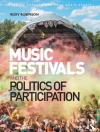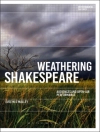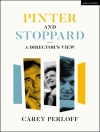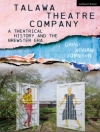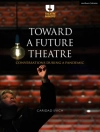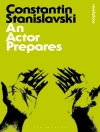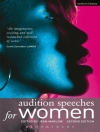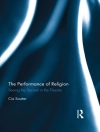A megalopolis of more than twelve million inhabitants, Moscow is a city with a rich and varied history. In 1918, following the Revolution, Moscow became the capital of the Soviet Union, and it remained capital of the Russian Federation after 1991. Moscow’s status as capital, from 1918 to the present, more or less coincides with its life on the silver screen, since there are very few preserved filmic depictions of the city from pre-Revolutionary years. In the Soviet era, film often served propaganda purposes; therefore, the image of Moscow on celluloid echoes the political ambitions of the country, and film locations and settings reflect the cultural agenda of the times. World Film Locations: Moscow compares and contrasts images from the past and present, giving the forty-six carefully selected scene reviews and seven spotlight essays a historical focus. With an inside look at the city’s film studio, Mosfilm, the book is essential for all armchair travellers and cinephiles alike.
قائمة المحتويات
Maps/Scenes
Scenes 1–6 – 1924–1928
Scenes 7–13 – 1934–1946
Scenes 14–19 – 1957–1966
Scenes 20–26 – 1967–1980
Scenes 27–32 – 1986–1992
Scenes 33–39 – 1992–2000
Scenes 40–46 – 2004–2012
Essays
Moscow: City of the Imagination – Birgit Beumers
Cinematic Journeys on the Moscow Metro – Birgit Beumers
Palace of Soviets – Vincent Bohlinger
Sites of Production and Demonstration – Birgit Beumers
Urban Poetics: Moscow in 1960s Films – Sergey Dobrynin
Housing Estates: Cheremushki on Screen – Sergey Dobrynin
Marginal or Central: Prostitution in Moscow – Emily Schuckman Matthews


